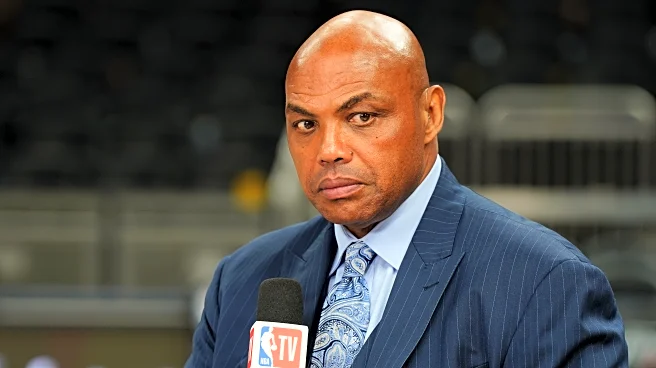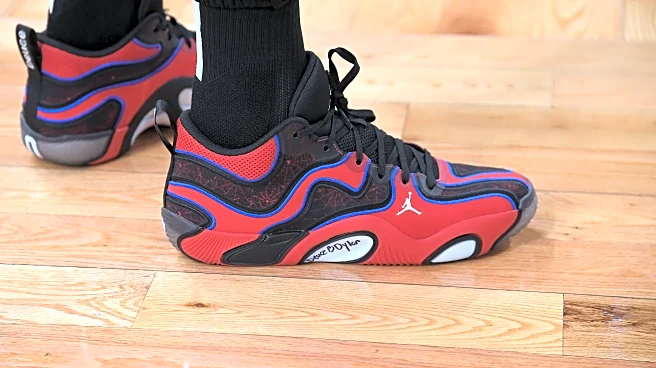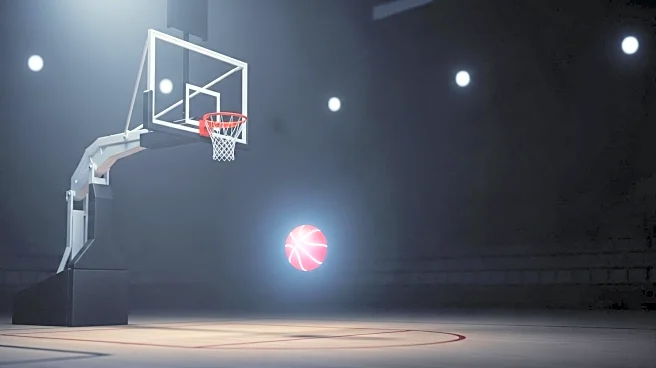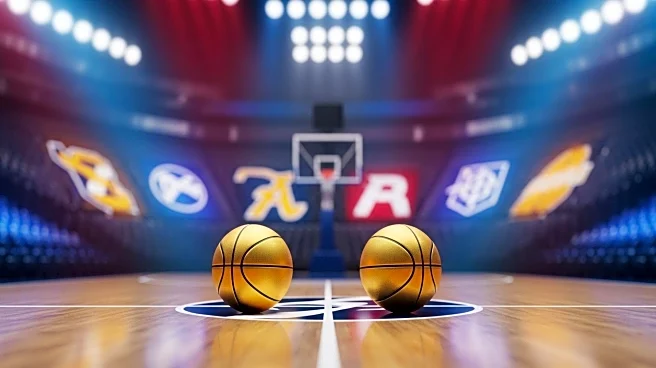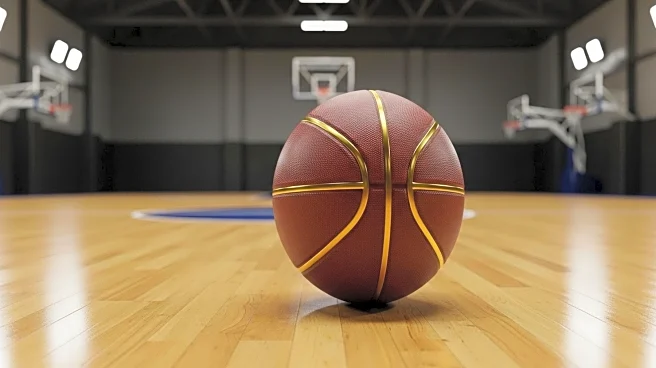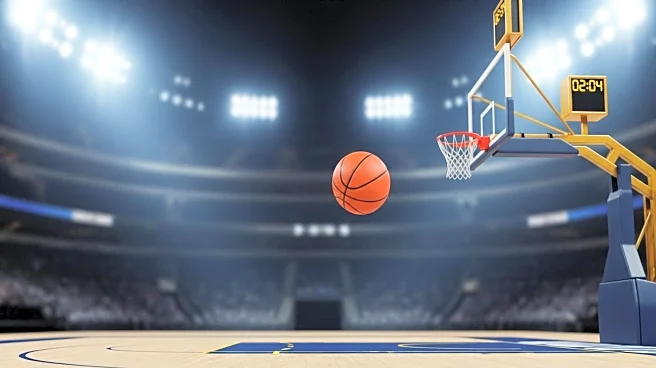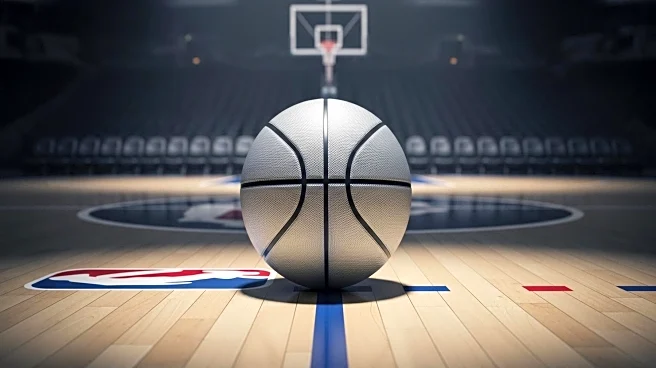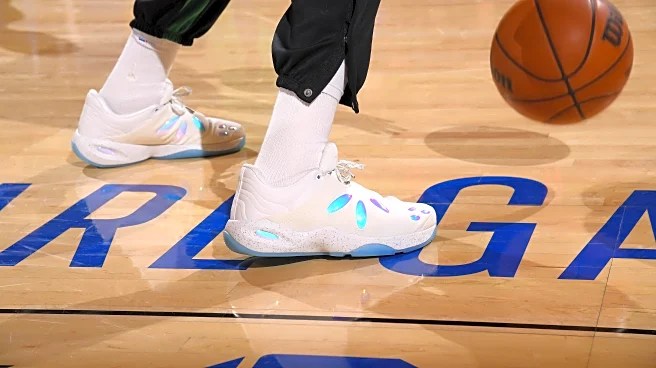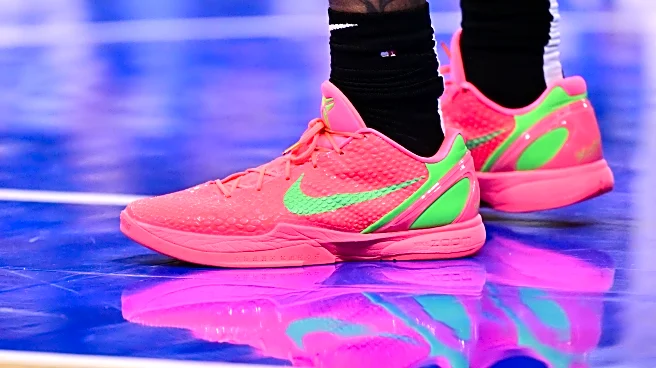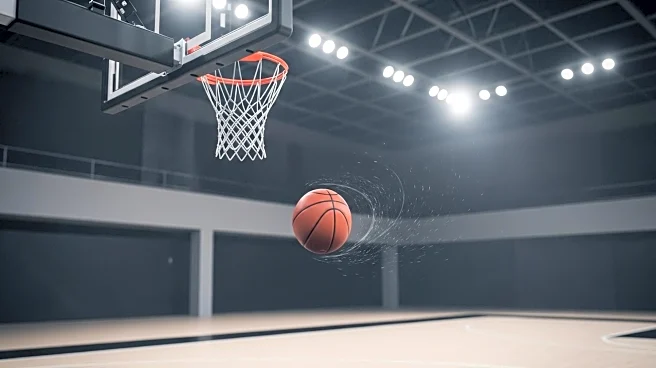
The NBA is now well into its latest Collective Bargaining Agreement era. Inaugurated in 2023, the CBA has introduced fans and professionals to a new world in which teams evolve quickly and dissolve just as fast. Whether this is a good or bad thing depends on perspective. The debate has been raging in wider NBA circles this week. Some of that controversy has leaked into the Blazer’s Edge Mailbag too. Let’s take a look.
Dave,
Charles Barkley made some news this week talking about the salary cap. I wondered
what your thoughts and comments would be. Cutting to the heart what do you think of the second apron and the new cap? Is it good or bad?
Kyle
Good or bad depends on what you intended it to do. Unintended effects also come into play. To understand how it’s working, we need to understand what it does.
Barkley made comments on Bill Simmons’ podcast that the draconian second apron is in place to prevent stars from joining other stars on superteams. I think he’s in the shadow of the matter but he’s hitting a peripheral point that ultimately turns out incorrect.
The formation of superteams highlighted the need for cap evolution, but preventing superteams as such wasn’t the reason for cap evolution, especially not this one. The new collective bargaining agreement did two important things for NBA owners.
- It got them closer to a decades-long dream of a true hard cap. All of these cap exceptions–like Bird Rights that allow teams to re-sign their own players and the ability to take back more than 100% of a player’s salary in trades–make the cap soft. There’s a salary cap limit, but it’s permeable. Teams can go over it. Once upon a time the cap was really soft. Penalties for exceeding the cap were small at first. Even when they got stiffer, they were limited to financial cost. This new CBA actually costs franchises things like draft picks and cap exceptions. It heavily disincentivizes exceeding the second apron, making it much closer to a hard cap than any previous agreement. This puts a practical rein on spending, the ultimate goal of a cap.
- It paved the way for even more parity between franchises. The true enemy of this new CBA isn’t the superteam but the unbreakable dynasty. Franchises can still build a mega-squad, but as soon as it comes time to pay them fully–which always happens within 2-3 years–the hammer is going to come down and the team will be broken up. The lack of a hard ceiling of dynastic contenders leaves room for lesser teams to bubble up and win…at least for a year or two.
The way this CBA achieves those aims is by slowing the rate of growth. Under the old agreements, franchises without talent and franchises at the league apex spent in relatively the same way. It was just a matter of degree. A rebuilding franchise might spend less, but practically speaking there wasn’t incentive to remain under the cap year after year. That forfeited the use of cap exceptions and trades that allowed teams to operate above the salary cap line, below the luxury tax. That was the sweet spot for all franchises, the point at which they maximized spending efficiency without giving up any advantage. A really good team would fork over a few more millions to go above the tax threshold while they were good, then slip back down into the safe middle ground when their run ended, none the worse off. In that way the delta of the worst teams and the best remained fairly equal, at least in potential. This obviously made it harder for those teams underneath to catch up.
The current tax aprons are designed to limit the potential for apex teams to grow further by taking on more salary and/or talent. Financial penalties are just the beginning. Second apron teams lose the ability to employ cap exceptions, made flexible trades, and eventually even draft picks if they push it far enough. The actual mechanisms for improvement are siphoned off, providing a Mario Kart-like catch-up mechanism for the teams behind who can still use those avenues. The more you spend, the slower you grow. The less you spend currently, the more quickly you can increase your potential.
I don’t disagree with the premise entirely. The problem I see is one factor that the agreement doesn’t fully account for. The scarcest resource in the NBA is still the dynastic superstar. Those players are so rare that their worth obliterates any and all salary cap concerns and/or limits. If you have Nikola Jokic, you’d pay 90% of your cap, if necessary, to keep him because he isn’t replaceable in any way, shape, or form. The current 35% max seems like a bargain!
Only a half-dozen players, maybe a dozen if we’re charitable, fit this description. That’s why the opportunity to employ one is so valuable. But another tendency comes into play here. Many franchises face immediacy in their own situation comparable to the superstar-laden teams even if they don’t have actual superstars. It goes under the same category of, “My spouse may not be Taylor Swift or Kim Kardashian, but to me she’s just as valuable and important as they are to their spouses, so if she wants an eight-karat ring and I can afford it, you can bet I’m dropping that on her.”
When the Boston Celtics won a championship, Jaylen Brown, Jayson Tatum, and to a lesser extent even guys like Jrue Holiday and Kristaps Porzingis became their equivalent of a superteam, worth paying every bit as much as the Golden State Warriors dynasty once was. So, now, you have the true superstars that any franchise would pay and the situational superstars that are paragons in their own environment, all taking up salaries beyond normal limits. Nothing in the universe is going to stop that. It’s a reality of success in the NBA.
You can see the issue. Making the boundaries of the salary cap harder is like employing a steel trunk to store your goods instead of a canvas bag. The bag will stretch and mold itself to the contents. The trunk is the trunk. If you have a dozen little things to store, each will serve equally well. But if you’ve got one or two HUGE items, the walls of that trunk are going to limit you really quickly. You’ll have to twist and turn the big stuff to make it fit, then try to squeeze in everything else around it any way you can. Eventually you’ll probably figure out that the trunk won’t fulfill your needs. You’ll have to get a second one or leave some items unstored.
Any team that gets good in the NBA under this CBA is going to have to deal with this issue. Those massive, cap-breaking contracts are inevitable, as superstars demand–and get–whatever they want. The only possible response in a hardening cap environment is to make the other storage items smaller (squeezing out middle-ground players and increasing the number of minimum-level players on the squad) or forego them altogether. Both are happening as we speak.
These consequences–the death of the NBA middle class player and the inevitable break-up of good teams in very short order–are the ones I find objectionable. I don’t think either benefits the league or its players. I don’t disagree with the aims of the new CBA, nor with its penalties as such. I’d like to see the effects lengthened out a bit so the transition happens slower.
The rising salary cap due to broadcast rights deals will help smooth the process a little, but more aggregate dollars doesn’t solve the problem entirely, as big-time contracts will grow correspondingly. I think the league will eventually need to look at tweaks and alternatives. I don’t think they’ll abandon this concept but they might ease the time frame of implementation for the worst penalties or allow other wiggle room to provide for more middle-range salaries and a couple more years together for the best teams.
In short, the new CBA is doing well at the things it was designed for, but that’s slightly different than saying it’s good for the league. That’s not a satisfactory answer, but it’s the best I can give you, seeing how things are going right now.
Thanks for the question! You can always send yours to blazersub@gmail.com and we’ll try to answer as many as possible!
